Rising Demand for Fuel Cells
The increasing demand for fuel cells in various applications, including transportation and stationary power generation, is a primary driver for the Membrane Electrode Assemblies MEA Market. Fuel cells are recognized for their efficiency and low emissions, making them an attractive alternative to traditional energy sources. As industries seek to reduce their carbon footprint, the adoption of fuel cell technology is expected to rise. According to recent estimates, the fuel cell market is projected to grow at a compound annual growth rate of over 20% in the coming years. This surge in demand directly correlates with the need for high-performance Membrane Electrode Assemblies, which are critical components in fuel cell systems. Consequently, the Membrane Electrode Assemblies MEA Market is likely to experience substantial growth as manufacturers ramp up production to meet this escalating demand.
Advancements in Material Science
Innovations in material science are significantly influencing the Membrane Electrode Assemblies MEA Market. The development of new membrane materials, such as proton exchange membranes with enhanced conductivity and durability, is paving the way for more efficient and cost-effective MEAs. These advancements not only improve the performance of fuel cells but also extend their operational lifespan, making them more appealing to manufacturers and end-users alike. For instance, the introduction of nanostructured materials has shown promise in enhancing the electrochemical performance of MEAs. As research continues to yield breakthroughs in material properties, the Membrane Electrode Assemblies MEA Market is poised for growth, driven by the need for high-performance components that can withstand demanding operational conditions.
Growing Focus on Energy Efficiency
The Membrane Electrode Assemblies MEA Industry. As industries and consumers alike seek to optimize energy use, fuel cells are emerging as a viable solution due to their high efficiency and low emissions. This focus on energy efficiency is particularly evident in sectors such as transportation, where electric vehicles powered by fuel cells are gaining traction. The potential for fuel cells to provide a cleaner alternative to conventional internal combustion engines is prompting manufacturers to invest in advanced Membrane Electrode Assemblies. Consequently, the Membrane Electrode Assemblies MEA Market is likely to expand as companies strive to meet the growing demand for energy-efficient technologies that align with sustainability goals.
Increased Investment in Renewable Energy
The surge in investment in renewable energy sources is a significant driver for the Membrane Electrode Assemblies MEA Market. Governments and private sectors are channeling funds into clean energy projects, particularly those involving hydrogen production and fuel cell technologies. This trend is supported by various initiatives aimed at reducing greenhouse gas emissions and promoting sustainable energy solutions. For example, investments in hydrogen infrastructure are expected to reach billions of dollars in the next few years, creating a robust demand for Membrane Electrode Assemblies. As the energy landscape shifts towards renewables, the Membrane Electrode Assemblies MEA Market is likely to benefit from increased production and innovation in MEA technologies to support these emerging energy systems.
Regulatory Frameworks Supporting Clean Technologies
The establishment of regulatory frameworks that support clean technologies is a crucial driver for the Membrane Electrode Assemblies MEA Market. Governments worldwide are implementing policies and incentives to promote the adoption of fuel cells and hydrogen technologies. These regulations often include subsidies, tax incentives, and mandates for clean energy usage, which encourage industries to transition towards more sustainable practices. As a result, the demand for Membrane Electrode Assemblies is expected to rise, as they are essential components in fuel cell systems. The alignment of regulatory support with market needs suggests that the Membrane Electrode Assemblies MEA Market will continue to grow, driven by favorable policies that facilitate the development and deployment of clean energy technologies.


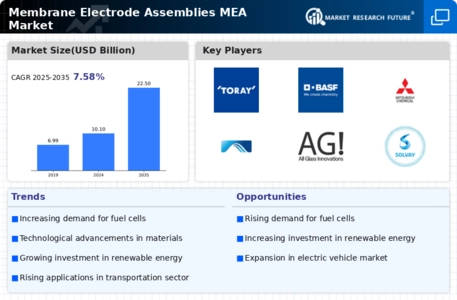
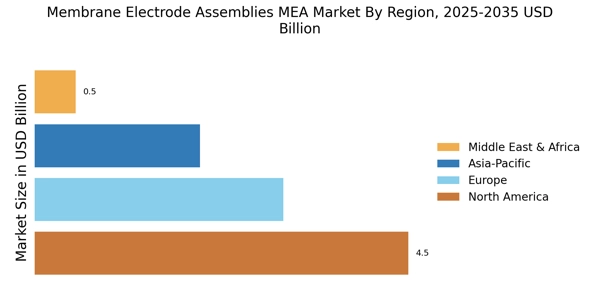

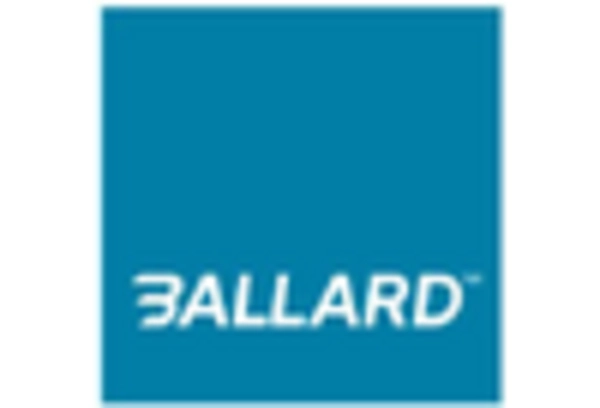
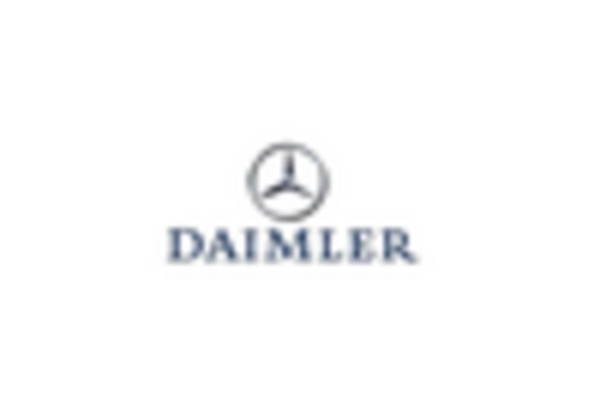


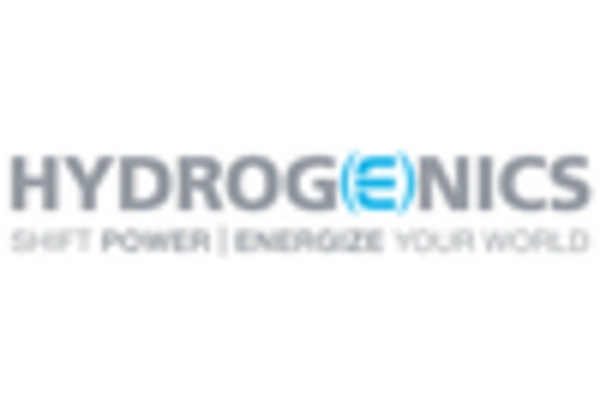


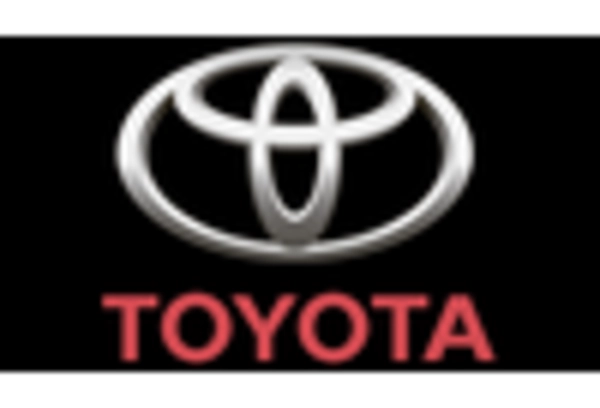








Leave a Comment